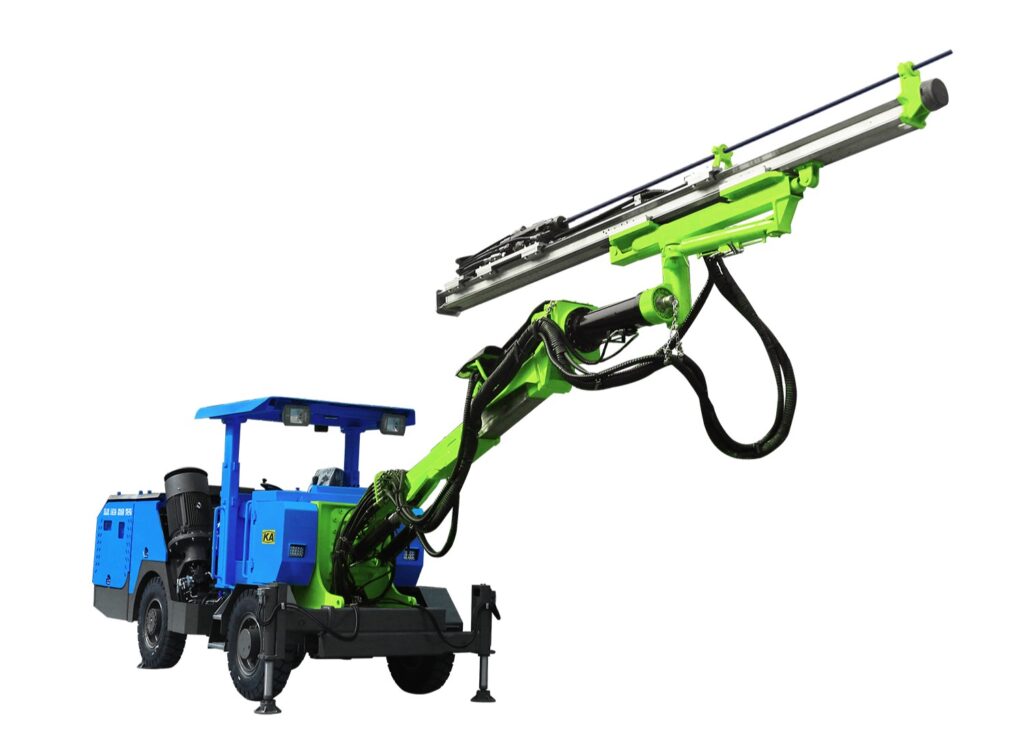What is face drilling? The term "face drilling" typically refers to a specific method used in the construction and mining industries, particularly when it comes to tunneling and rock excavation. It involves using specialized drilling equipment to create holes into a solid rock surface or 'face'. These holes are then filled with explosives which are later detonated to break up the rock.

I. Applications of Face Drilling
Face drilling is essential in various applications:
- Tunneling : In the construction of tunnels for roads, railways, water supply lines, and mines.
- Mining : Used extensively in open-pit and underground mines for extracting minerals and ores.
- Quarrying : For extracting building stones like granite, limestone, and sandstone.
II. Advantages of Face Drilling
- Efficiency : When compared to traditional methods like chiseling, drilling and blasting significantly speeds up rock removal.
- Safety : Modern techniques minimize risks associated with handling explosives by employing precise timing and controlled charges.
- Cost-effectiveness : Despite initial investment in equipment, this method often reduces overall project costs due to faster material removal rates.
III. Construction process of face drilling
1. Site Preparation : The area where drilling will take place must first be cleared and made safe for workers.
2. Drill Setup : A drill rig is positioned at the designated spot on the rock face. This rig can vary from handheld drills for smaller operations to large mechanized units capable of creating deep holes over several meters in diameter.
3. Hole Drilling : Using bits that match the type of rock being drilled, holes are bored into the surface at predetermined angles and depths. The pattern of these holes is critical as it determines the efficiency and safety of subsequent blasting.
4. Blasting : Once all required holes have been drilled, they are loaded with explosives. Detonators are placed within each hole, and a sequence is established to control how the blasts occur.
5. Detonation and Rock Removal : After ensuring everyone is safely away, the explosives are detonated. Following the blast, broken rock (muck) is removed using excavators or other heavy machinery before the next cycle begins.
Face drilling plays a crucial role in modern construction and mining practices, offering a powerful solution for breaking through hard rock barriers while managing the challenges inherent in such activities.




